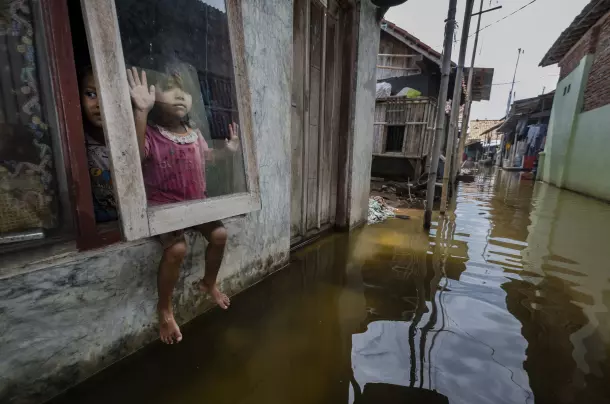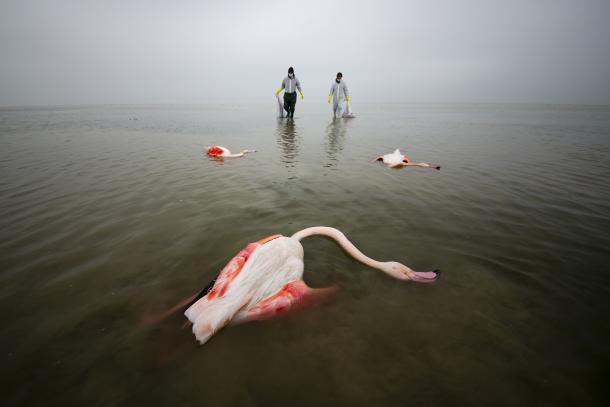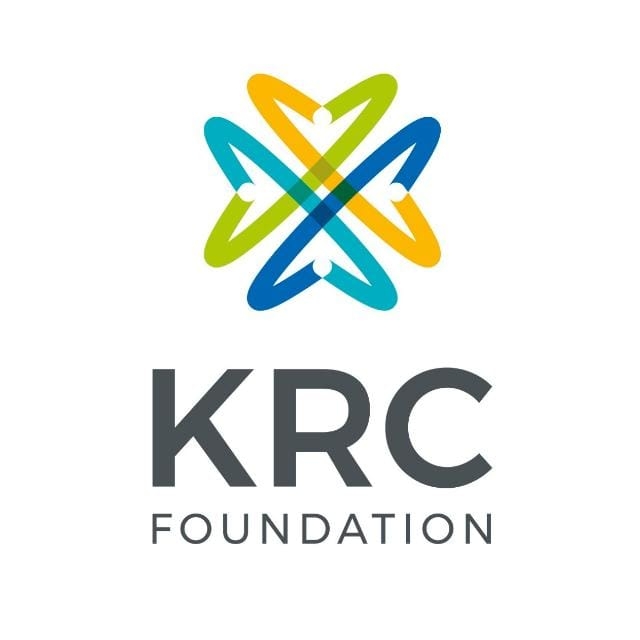All stories deserve to be told, but some tales demand our attention
 KRC TIMES Desk
KRC TIMES Desk

The climate and biodiversity crisis are not only affecting the environment and ecosystems but also impacting the lives of countless individuals worldwide. Their stories of turmoil and grief deserve to be known and shared. While not always picturesque, these narratives can even stir discomfort, yet it is through awareness that change becomes possible. Illuminating the crisis is the first step towards solution.
That’s why the role of journalists is crucial. It is through their work, their courage and their perseverance that we can know what is happening across the planet. They work on the frontlines of our collective struggle for our planet’s well-being and livable conditions. On this World Press Freedom Day, let’s celebrate their tireless efforts in shaping a better tomorrow.
On the occasion of World Press Freedom Day 2024, UNESCO launches the ‘This story must be told’ campaign, spotlighting the contributions of journalists and photojournalists in unveiling stories that deserve to be told.
Explore the photographs and profiles of these storytellers below.

This image captured in 2022, shows the efforts of environmental forces to retrieve bird carcasses and curb the spread of a disease affecting birds in the Miankaleh wetland (Iran).
Rapid ecosystem shifts are causing devastating repercussions on the wetland, leading to dire consequences for numerous animal species.
Mehdi Mohebipour was born in 1982 in Northern Iran. He has been a professional photographer for 8 years.
These photos serve as a reminder to pay more attention to our surroundings and underlines how the death of an ecosystem is as tragic as the death of humans. ~ Mehdi MohebbipourPhotographer
A young girl gazes out of a window in Jakarta, Indonesia, to a flooded street.
With over 80,000 kilometers of coastline comprising more than 17,000 islands, Indonesia faces an imminent threat from rising sea levels. Experts predict that by 2050, thousands of the country’s islands and nearly one-third of Java, home to the capital Jakarta, will be under water.
Belgian photojournalist Alain Schroeder has been working in the industry for over four decades. First as a sports photographer in the 80s, then shooting books and editorial pieces in art and human stories.
If we, photojournalists, don’t show the reality of their lives, who else will do it ? It will be too easy for the authorities to hide or ignore their situation. ~Alain SchroederPhotographer

Two schoolgirls stand on the ruins of their school on Feb. 12, 2016, in Dzita, Ghana. The Dzita EP Basic School’s four compounds fell victim to coastal erosion during the region’s rainy season.
Matilde has worked extensively in the Middle East, South and Central Asia and Africa, covering topics such as droughts, refugees emergencies, illegal mining, mass migrations, large scale land grabbing and climate change for more than one hundred newspapers and magazines worldwide.
To me this scene summarises it all: it captures the violence of nature that rebels, the powerlessness of the local communities and the lack of hope and future of the coming generations.Matilde GattoniPhotographer

This photo captures the O Courel fire in July 2022, a blaze that raged uncontained for several days, ultimately becoming one of the most devastating forest fires in recent history of Galicia (Spain). Galicia is one of the regions in Europe with the highest frequency of forest fires.
Adra Pallon is an award-winning photographer from Lugo with international projection. He works for different agencies and media, makes personal projects and teaches photography courses.
I think it is very important to generate images that are visually powerful in order to capture the attention of society. Images do not have the capacity to explain a phenomenon, but they do have the capacity to generate questions in the viewer. ~ Adra PallónPhotographer

Rufino Choque, a member of the Urus indigenous community, stands atop a boat in the middle of the extinct Poopo Lake. Once spanning 3,000 square kilometers, this body of water was declared vanished in 2015. (Oruro, Bolivia. December 2021)
Bolivian photographer/videographer.
His work, mostly focused in document Bolivian indigenous and climate issues.Website
As a photojournalist and hydrologist I believe my whole work is commited to dwelve and reveal the critical environmental situation we are facing worldwide and for which we humans are solely responsible. ~ Manuel SeoanePhotographer
In November 2023, one of the tragic casualties of severe heat exacerbated by the El Niño phenomenon was an elephant in Zimbabwe’s largest animal reserve. Hwange National Park, boasting over 45,000 elephants, witnessed the deaths of over 100 of these majestic creatures due to dehydration. The park, spanning 14,600 square kilometers, faces a dire threat from drought, exacerbated by the absence of major flowing rivers. Its reliance on solar-powered boreholes is now imperiled by a dwindling water table.
Privilege Musvanhiri is a freelance multi-media journalist based in Harare Zimbabwe. He is passionate about solution-based journalism, whether reporting or documenting human interest stories, nature, or politics. Website
Climate change is not a distant phenomenon, but it is on our doorsteps. We owe future generations the responsibility of reversing effects of climate change.Privilege MusvanhiriPhotographer

During the summer of 2021, wildfires raged across the Mediterranean. This poignant image, taken on 8 August 2021, immortalizes 81-year-old Panayiota Kritsiopi bathed in the orange glow of advancing flames as she flees her home on the Greek island of Evia. “At that moment I was shouting, not only for myself, but for the whole village,” Kritsiopi recounted later.
Singles category Europe regional winner, 79th POYi Spot News Second Finalist and was featured in TIME magazine cover as one of the ten best photographs of the year.
That moment was uh, very intense and moving. I was full of anxiety because I had never been near a wildfire of such test before. I had to have the best possible result, my work, but also most importantly, to stay safe. ~ Konstantinos TsakalidisPhotographer


